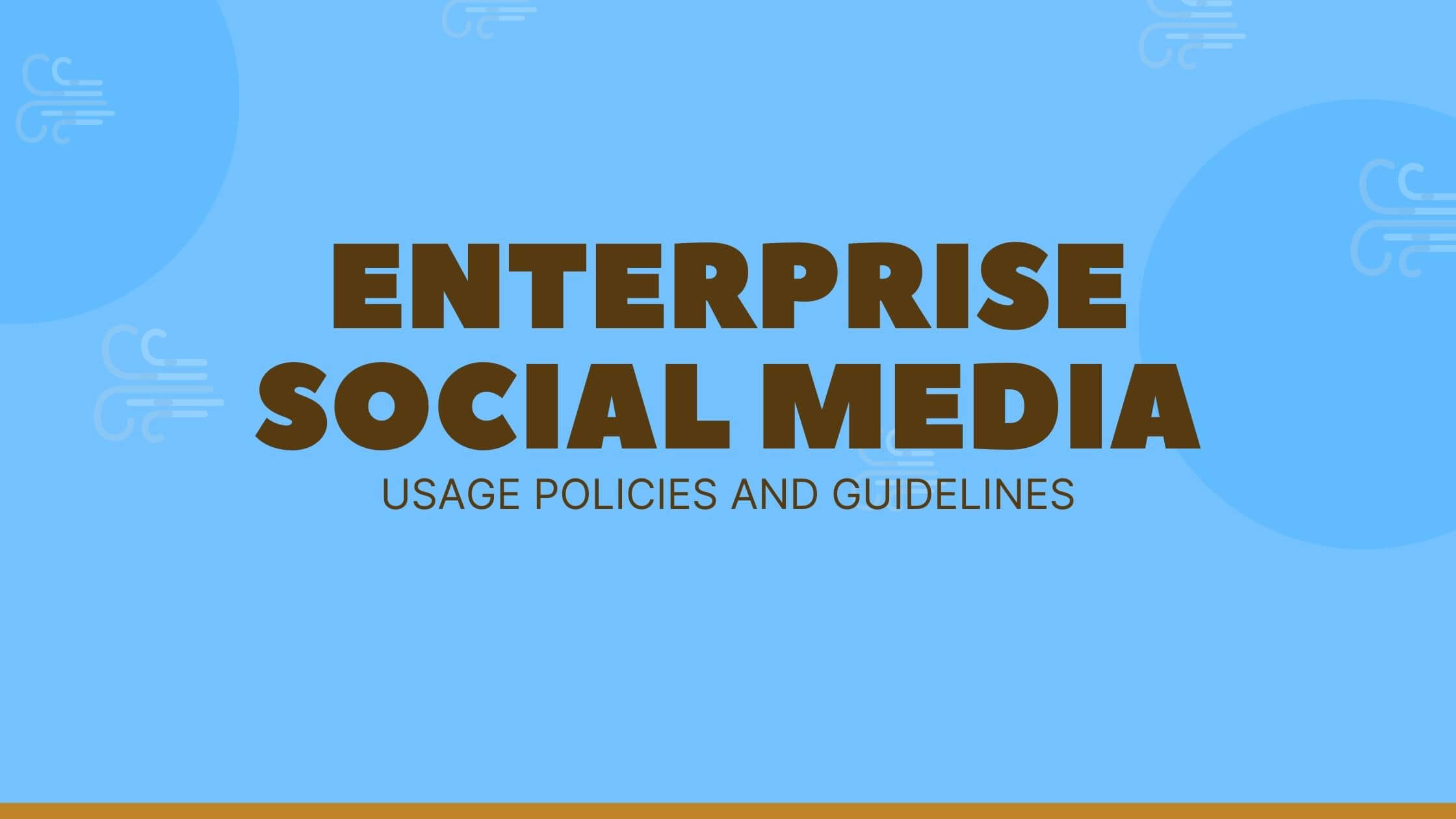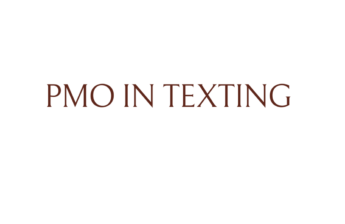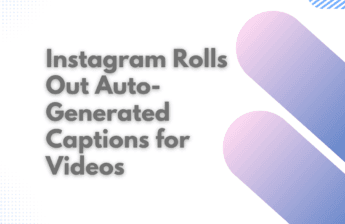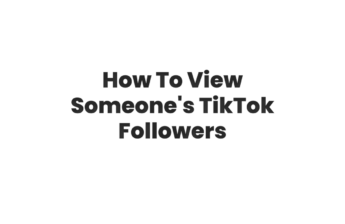Following my recent engagements in various press (radio, print) interviews, I found it necessary to revisit how different organizations, including Enterprises, Governments, Corporates, and Not for Profits, are managing the complexities arising from their employees’ presence on social networks.
This overview encompasses various policies such as Staff Blogging Policies, Enterprise Social Network Guidelines, Employee Blogging Policies, Staff Engagement in Online Communities, and more.
In one incident, I had to intervene to restore order in an excessively negative online forum. Resorting to IP and MAC address bans, I took action against those using secondary identities solely for the purpose of spreading hostility and discord (commonly known as trolling). Surprisingly, the primary perpetrators were individuals from the Customer Service department who had been using their official accounts to launch attacks on dissatisfied customers. It wasn’t until a serious conversation was initiated that the situation began to improve.
It’s worth noting the emerging trend of companies making their internal policies public. This step significantly shields them from potential fallout when employees fail to adhere to the established social media guidelines.
If you’re interested, you can review one notable example, such as IBM’s (with the notable reminder to “not forget your day job”), or explore multiple policies by downloading the PR Crisis Comms Social Media Courseware.
Some of the key topics covered in these social media policies include defamation, anti-competition measures, accuracy in information sharing, disclosure practices, protection of proprietary information, company secrets, and intellectual property, as well as addressing issues like time mismanagement, inappropriate conduct, and breaches of privacy.
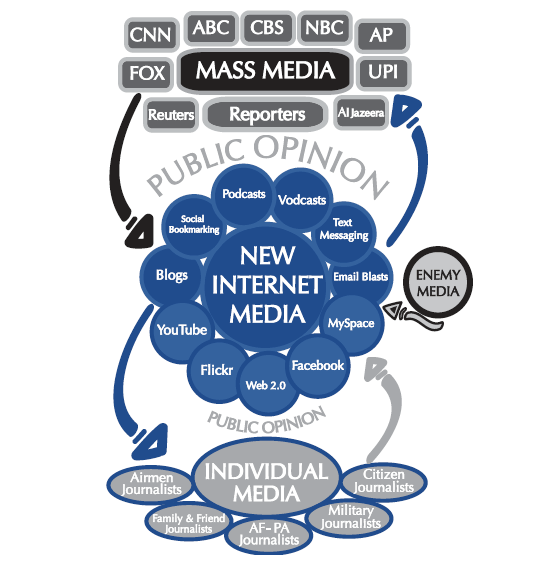
Also, it’s crucial to consider other aspects such as collaborative development of policies, maintaining a positive and engaging tone, ensuring inclusivity for both employees and the organization, extending the guidelines to contractors, and encouraging the adoption of Creative Commons for wider dissemination and understanding.
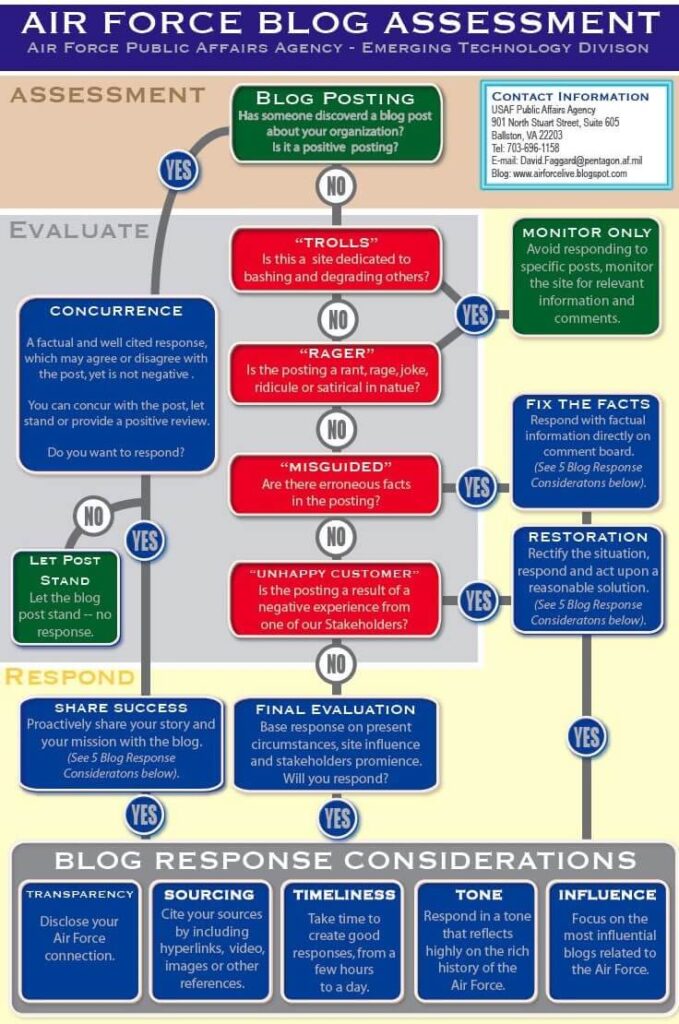
Feel free to explore the various names given to similar policy documents and delve into how different industries prioritize these guidelines. Additionally, I have included the link in full for your convenience, especially if you wish to use it for educational purposes. Kindly ensure appropriate attribution to both myself and other contributors if you choose to share it further.
Lastly, if you happen to come across any Australian social media guidelines for staff, I would be interested in incorporating them into my research, as my current list is not exhaustive.
I hope this proves to be an informative read for you.
Related Posts:

